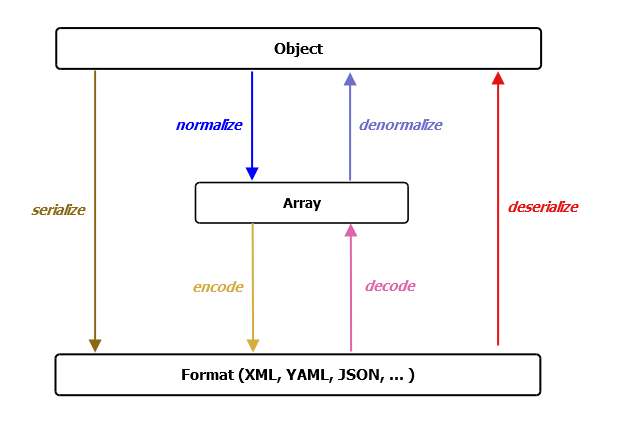function MY_THEME_preprocess_menu(&$variables) {
if ($variables['menu_name'] == 'brancott-header-menu') {
$language = Drupal::languageManager()->getCurrentLanguage()->getId();
foreach ($variables['items'] as $key => &$item) {
$menuLinkEntity = sapient_brancott_load_link_entity_by_link($item['original_link']);
if ($menuLinkEntity != NULL) {
$languages = $menuLinkEntity->getTranslationLanguages();
// Remove links which is not translated to current language.
if (!array_key_exists($language, $languages)) {
unset($variables['items'][$key]);
continue;
}
}
foreach ($variables['items'][$key]['below'] as $key_child => &$item_child) {
$menuLinkEntity = sapient_brancott_load_link_entity_by_link($item_child['original_link']);
if ($menuLinkEntity != NULL) {
$languages = $menuLinkEntity->getTranslationLanguages();
// Remove links which is not translated to current language.
if (!array_key_exists($language, $languages)) {
unset($variables['items'][$key]['below'][$key_child]);
}
}
}
}
}
}
function MY_THEME_load_link_entity_by_link(MenuLinkInterface $menuLinkContentPlugin) {
$entity = NULL;
if ($menuLinkContentPlugin instanceof MenuLinkContent) {
list($entity_type, $uuid) = explode(':', $menuLinkContentPlugin->getPluginId(), 2);
$entity = \Drupal::entityManager()->loadEntityByUuid($entity_type, $uuid);
}
return $entity;
}
if ($variables['menu_name'] == 'brancott-header-menu') {
$language = Drupal::languageManager()->getCurrentLanguage()->getId();
foreach ($variables['items'] as $key => &$item) {
$menuLinkEntity = sapient_brancott_load_link_entity_by_link($item['original_link']);
if ($menuLinkEntity != NULL) {
$languages = $menuLinkEntity->getTranslationLanguages();
// Remove links which is not translated to current language.
if (!array_key_exists($language, $languages)) {
unset($variables['items'][$key]);
continue;
}
}
foreach ($variables['items'][$key]['below'] as $key_child => &$item_child) {
$menuLinkEntity = sapient_brancott_load_link_entity_by_link($item_child['original_link']);
if ($menuLinkEntity != NULL) {
$languages = $menuLinkEntity->getTranslationLanguages();
// Remove links which is not translated to current language.
if (!array_key_exists($language, $languages)) {
unset($variables['items'][$key]['below'][$key_child]);
}
}
}
}
}
}
function MY_THEME_load_link_entity_by_link(MenuLinkInterface $menuLinkContentPlugin) {
$entity = NULL;
if ($menuLinkContentPlugin instanceof MenuLinkContent) {
list($entity_type, $uuid) = explode(':', $menuLinkContentPlugin->getPluginId(), 2);
$entity = \Drupal::entityManager()->loadEntityByUuid($entity_type, $uuid);
}
return $entity;
}

